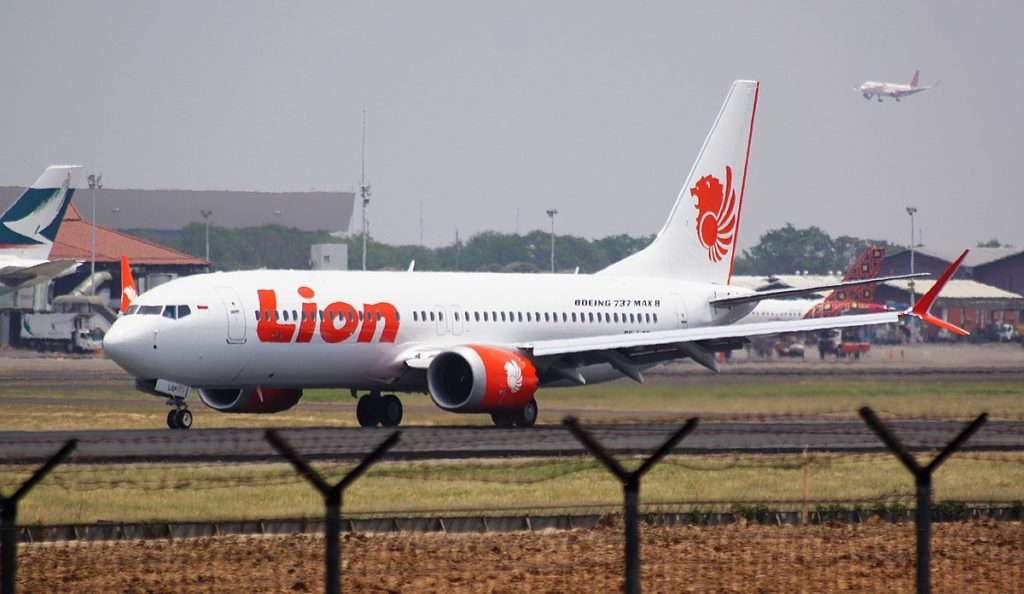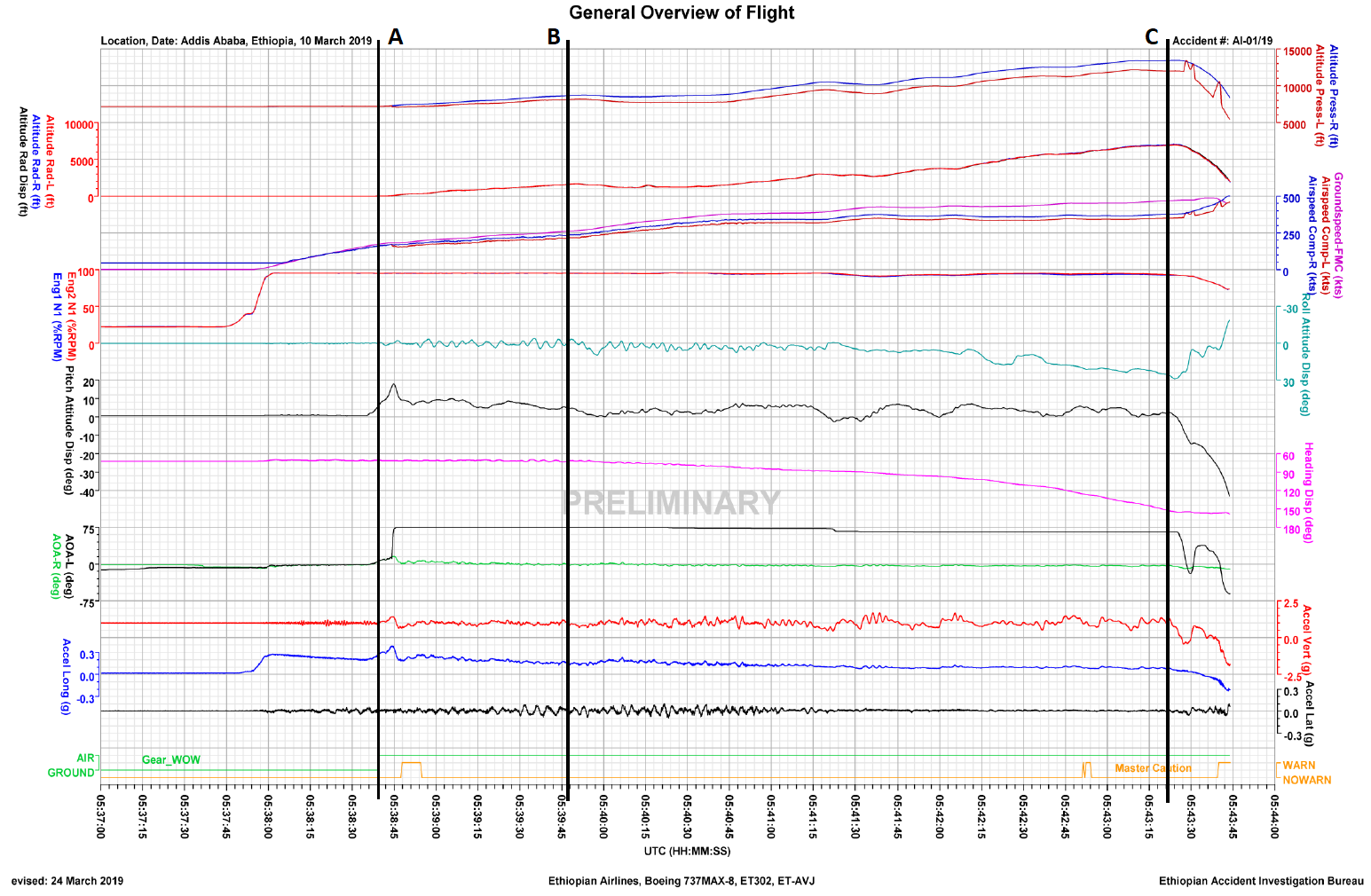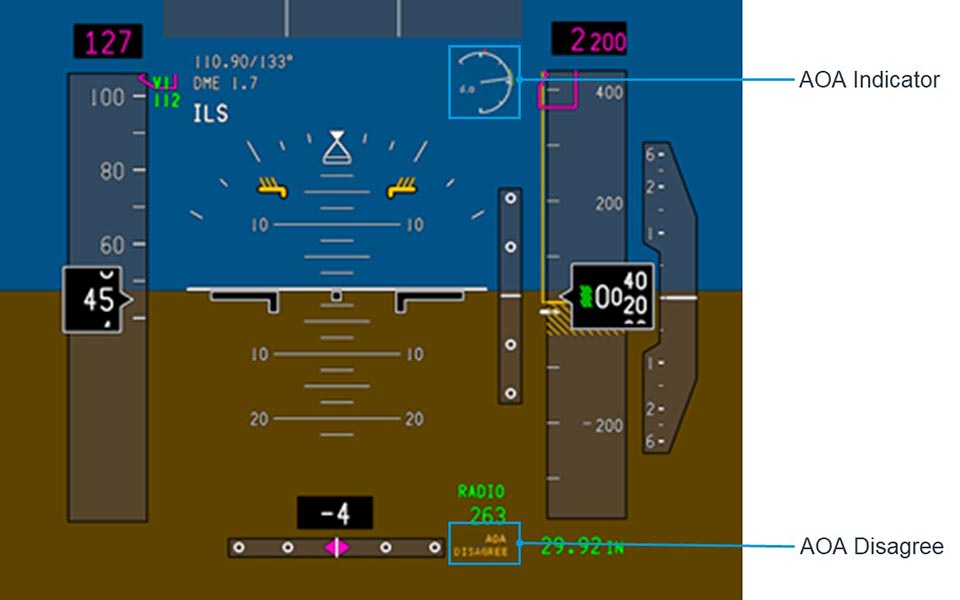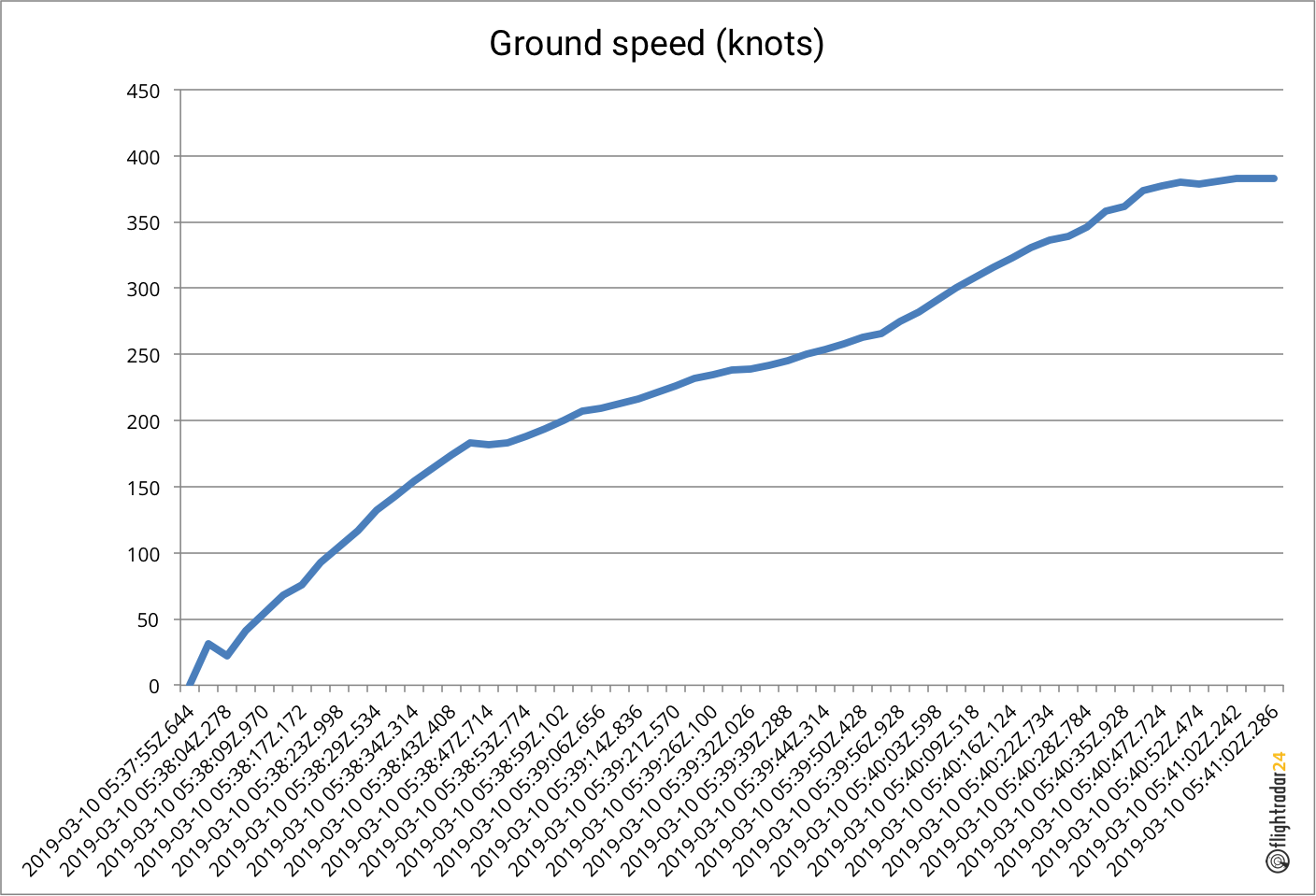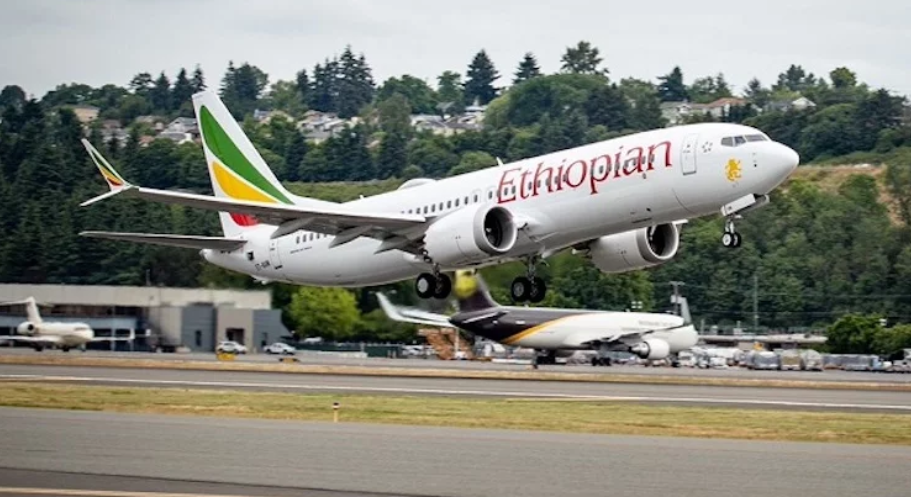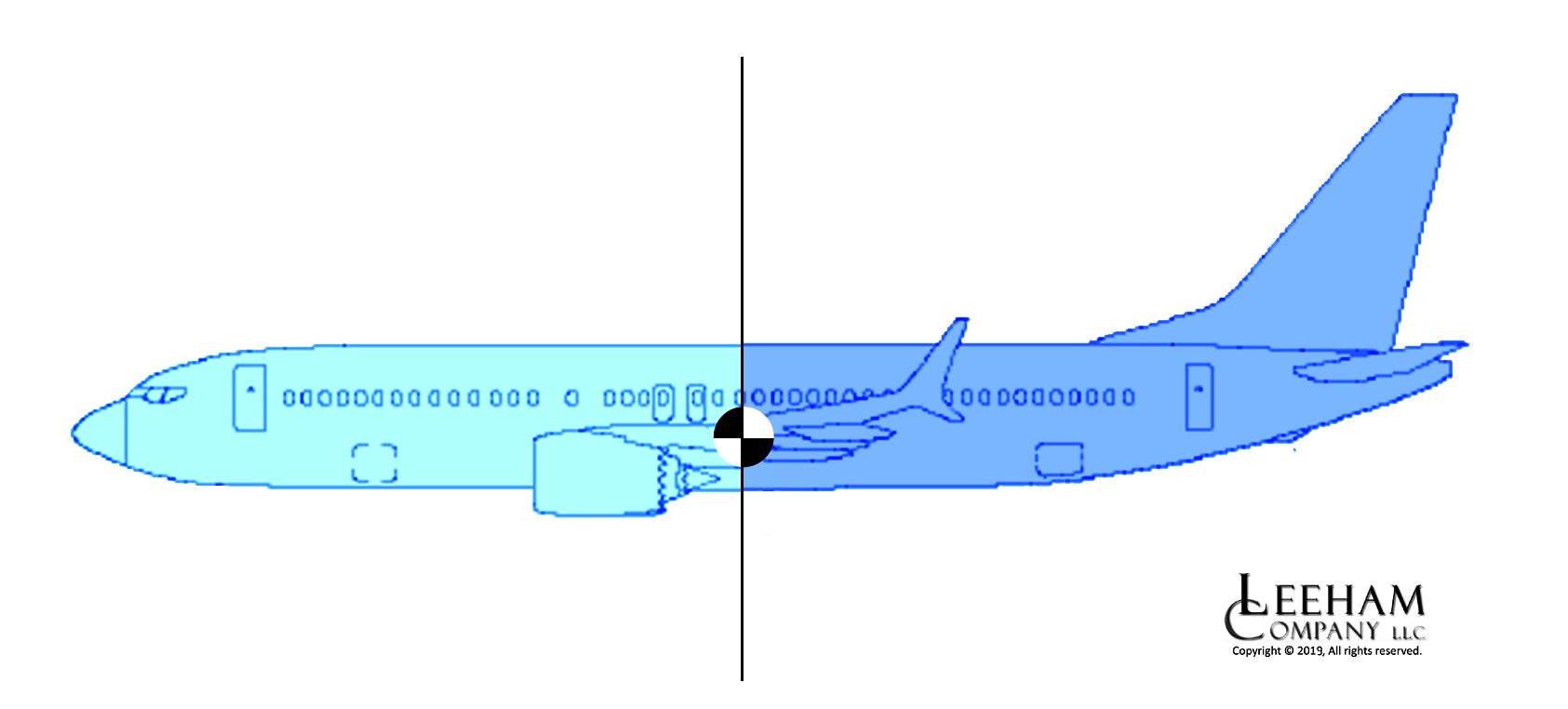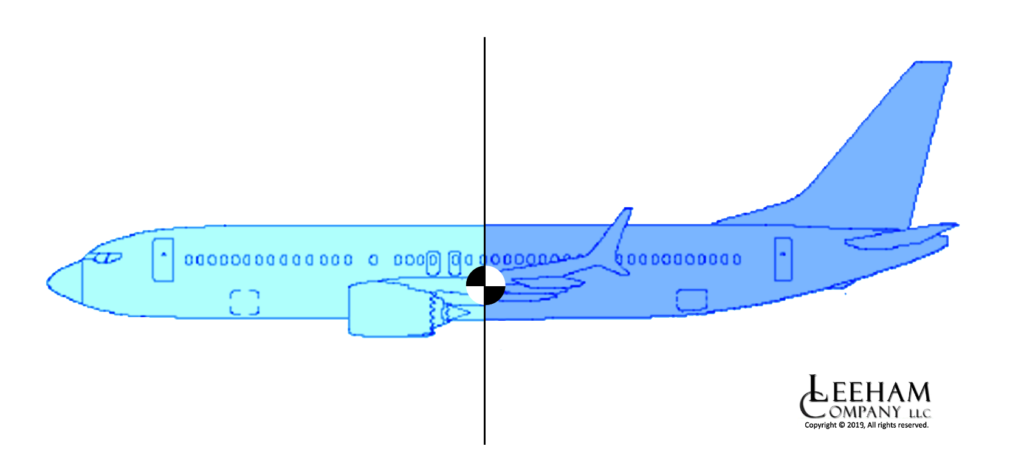Leeham News and Analysis
There's more to real news than a news release.
 Leeham News and Analysis
Leeham News and Analysis
- Boeing unlikely to meet FAA’s 90-day deadline for new safety program April 18, 2024
- Focus on quality not slowing innovation, says GKN April 18, 2024
- Boeing defends 787, 777 against whistleblower charges April 17, 2024
- Dissecting Boeing CEO’s statement next new airplane will cost $50bn April 15, 2024
- Bjorn’s Corner: New engine development. Part 3. Propulsive efficiency April 12, 2024
Bjorn’s Corner: Time to reassess the safety standards for our airliners
April 26, 2019, ©. Leeham News: In the wake of the 737 MAX crashes the standards to which Boeing and the FAA qualified and approved the 737 MAX MCAS function is questioned.
FAA has called the world’s aviation regulators to a meeting on the 23rd of May to discuss how the revised MCAS function will be approved. But it’s time to discuss more than how the updated MCAS shall pass.
Posted on April 26, 2019 by Bjorn Fehrm
Bjorn’s Corner: MCAS fix on the way
April 19, 2019, ©. Leeham News: Boeing’s CEO Dennis Muilenburg yesterday flew with the final version of the updated MCAS software on a 737 MAX. It will now enter certification flights, having completed 120 Boeing test flights.
Here my perspective on MCAS and the overall Boeing 737 safety record.
Posted on April 19, 2019 by Bjorn Fehrm
Bjorn’s Corner: We are getting worldwide flight surveillance
April 12, 2019, ©. Leeham News: In the wake of the 737 MAX accidents an important news event last week went almost unnoticed. After years of preparation, the worldwide coverage of ADS-B via Satellite receivers started with a trial service over the Atlantic.
It’s the Aireon Company which started the trial on April 2nd together with Nav Canada and UK’s NATS (National Air Traffic Control Services).
Posted on April 12, 2019 by Bjorn Fehrm
Bjorn’s Corner: ET302 crash report, the first analysis
April 05, 2019, ©. Leeham News: The preliminary accident report of the ET302 crash was released yesterday. It confirmed what we wrote about earlier in the week, the pilots followed the prescribed procedure to stop MCAS. Yet they didn’t make it.
Part of why we presented Wednesday. Here follows additional analysis after studying the information in the Preliminary Crash Report.
Posted on April 5, 2019 by Bjorn Fehrm
Bjorn’s Corner: The Ethiopian Airlines Flight 302 crash, Part 3.
March 23, 2019, ©. Leeham News: Boeing this week presented how they plan to get the 737 MAX back in the air again. MCAS has a fix.
We look at what the fix tells us about the first implementation and the rationale behind its implementation.
Figure 1. The improved Pilot’s Primary Flight Display presented Wednesday. Source: Boeing.
Posted on March 29, 2019 by Bjorn Fehrm
Bjorn’s Corner: Why did Ethiopian Airlines ET302 and Lion Air JT610 crash?
March 22, 2019, ©. Leeham News: Last week we covered what we knew about the Ethiopian Airlines Flight 302 crash.
In the passing week, more facts have been revealed. We also have the first lead why both the Lion Air and Ethiopian Airlines flights finally dived to the ground.
Posted on March 22, 2019 by Bjorn Fehrm
Bjorn’s Corner: The Ethiopian Airline’s Flight 302 crash
March 15, 2019, ©. Leeham News: With the crash in the weekend of Ethiopian Airlines Flight 302 we take a break from the Yaw and Roll stability discussions to look at what happened Sunday.
The 737 MAX 8 with 157 persons onboard crashed six minutes after takeoff. Here is what we know.
Posted on March 15, 2019 by Bjorn Fehrm
Bjorn’s Corner: Yaw stability, Part 3.
March 08, 2019, ©. Leeham News: Yaw stability, which we discussed last week, has in itself no tricky dynamic problems. It’s a matter of making the vertical stabilizer large enough to have enough weathercock moment on the aircraft.
The tricky stuff comes through the interaction of yaw stability and roll stability.
Posted on March 8, 2019 by Bjorn Fehrm
Bjorn’s Corner: Yaw stability, Part 2
March 01, 2019, ©. Leeham News: We now continue our discussion of the yaw stability of an airliner.
Last week we defined the basic conditions of yaw stability. The aerodynamic side force from an angled airflow stemming from an aircraft yaw angle or sideslip must be higher behind the center of gravity than ahead of the center of gravity.
This is why aircraft have a large vertical wing at the rear of the aircraft called the vertical tailplane. Figure 1.
Posted on March 1, 2019 by Bjorn Fehrm
Bjorn’s Corner: Airliner yaw stability
Feb. 22, 2019, ©. Leeham News: After discussing an airliner’s pitch stability we now turn to the yaw stability. A stable aircraft in yaw means we don’t want the aircraft to wag its tail sideways while flying.
The airliner shall fly straight ahead during take-off, climb, cruise, descent and landing, even when we have problems with an engine and must throttle it back or shut it down on one side.
Posted on February 22, 2019 by Bjorn Fehrm
Email Subscription
Twitter Updates
My TweetsAssociations
Aviation News-Commercial
Commentaries
Companies-Defense
Resources
YouTube
Archives
- April 2024
- March 2024
- February 2024
- January 2024
- December 2023
- November 2023
- October 2023
- September 2023
- August 2023
- July 2023
- June 2023
- May 2023
- April 2023
- March 2023
- February 2023
- January 2023
- December 2022
- November 2022
- October 2022
- September 2022
- August 2022
- July 2022
- June 2022
- May 2022
- April 2022
- March 2022
- February 2022
- January 2022
- December 2021
- November 2021
- October 2021
- September 2021
- August 2021
- July 2021
- June 2021
- May 2021
- April 2021
- March 2021
- February 2021
- January 2021
- December 2020
- November 2020
- October 2020
- September 2020
- August 2020
- July 2020
- June 2020
- May 2020
- April 2020
- March 2020
- February 2020
- January 2020
- December 2019
- November 2019
- October 2019
- September 2019
- August 2019
- July 2019
- June 2019
- May 2019
- April 2019
- March 2019
- February 2019
- January 2019
- December 2018
- November 2018
- October 2018
- September 2018
- August 2018
- July 2018
- June 2018
- May 2018
- April 2018
- March 2018
- February 2018
- January 2018
- December 2017
- November 2017
- October 2017
- September 2017
- August 2017
- July 2017
- June 2017
- May 2017
- April 2017
- March 2017
- February 2017
- January 2017
- December 2016
- November 2016
- October 2016
- September 2016
- August 2016
- July 2016
- June 2016
- May 2016
- April 2016
- March 2016
- February 2016
- January 2016
- December 2015
- November 2015
- October 2015
- September 2015
- August 2015
- July 2015
- June 2015
- May 2015
- April 2015
- March 2015
- February 2015
- January 2015
- December 2014
- November 2014
- October 2014
- September 2014
- August 2014
- July 2014
- June 2014
- May 2014
- April 2014
- March 2014
- February 2014
- January 2014
- December 2013
- November 2013
- October 2013
- September 2013
- August 2013
- July 2013
- June 2013
- May 2013
- April 2013
- March 2013
- February 2013
- January 2013
- December 2012
- November 2012
- October 2012
- September 2012
- August 2012
- July 2012
- June 2012
- May 2012
- April 2012
- March 2012
- February 2012
- January 2012
- December 2011
- November 2011
- October 2011
- September 2011
- August 2011
- July 2011
- June 2011
- May 2011
- April 2011
- March 2011
- February 2011
- January 2011
- December 2010
- November 2010
- October 2010
- September 2010
- August 2010
- July 2010
- June 2010
- May 2010
- April 2010
- March 2010
- February 2010
- January 2010
- December 2009
- November 2009
- October 2009
- September 2009
- August 2009
- July 2009
- June 2009
- May 2009
- April 2009
- March 2009
- February 2009
- January 2009
- December 2008
- November 2008
- October 2008
- September 2008
- August 2008
- July 2008
- June 2008
- May 2008
- April 2008
- March 2008
- February 2008



